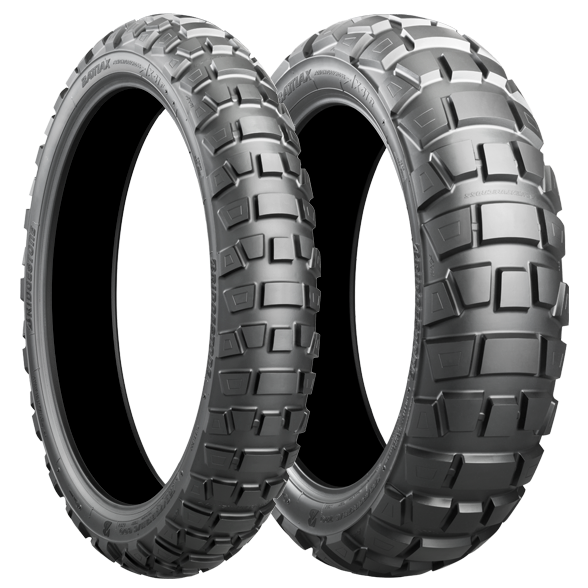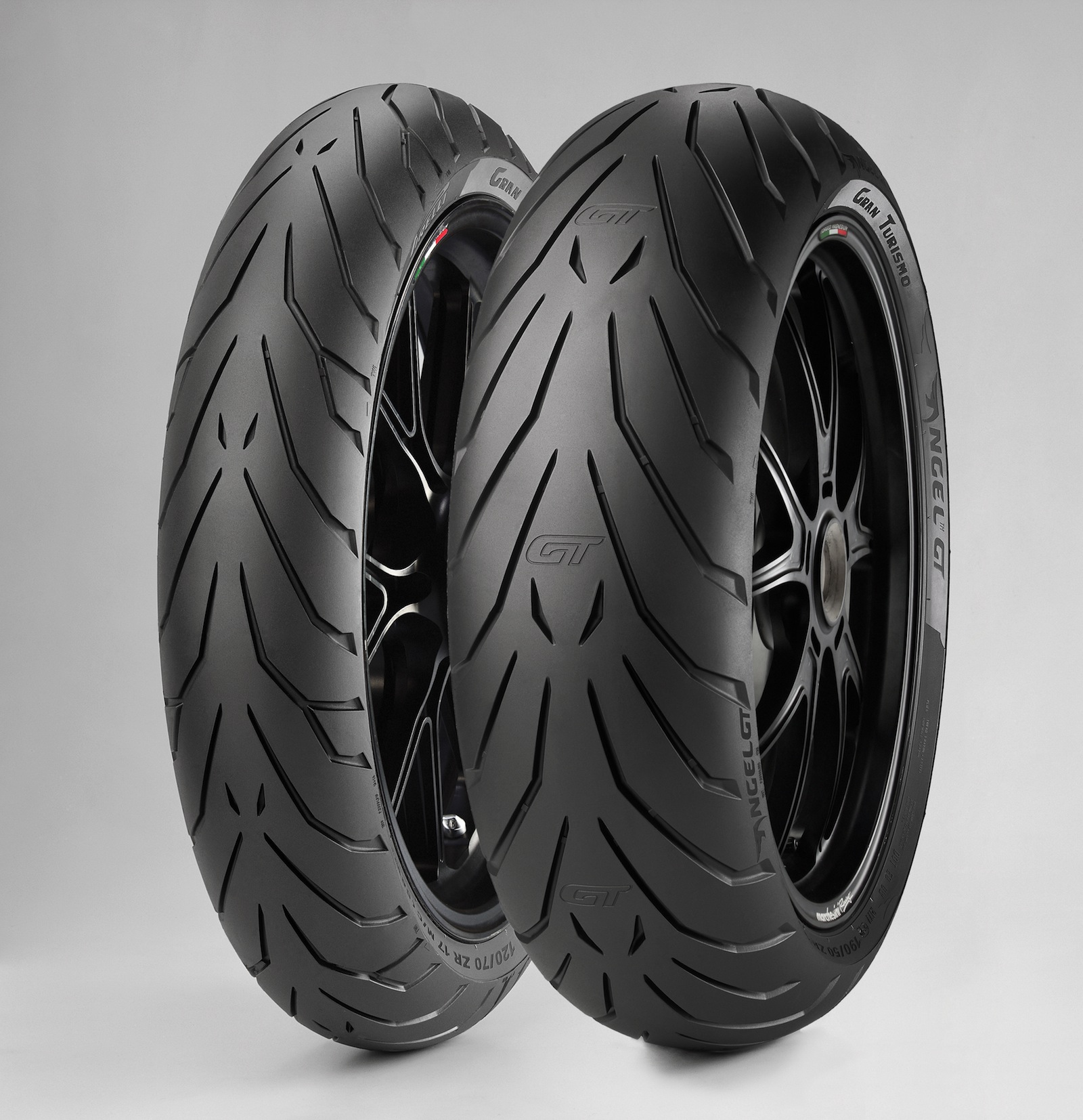All Concerning the Vital Motorbike Tyre Overview for Ideal Bike Upkeep and Efficiency
The Important Bike Tyre Overview offers as a necessary resource for cyclists seeking to boost their bike's efficiency and safety and security. motorcycle tyre guide. It provides understandings right into numerous tire kinds and requirements that influence managing and toughness. In addition, comprehending appropriate maintenance methods can significantly expand tyre life. Lots of cyclists forget critical variables that influence their riding experience. Exploring these aspects can lead to educated choices that ultimately boost both safety and pleasure on the road
Understanding Bike Tyre Types
When picking motorbike tires, comprehending the different types available is necessary for peak efficiency and safety and security. Motorcyclists encounter different tyre classifications, each designed for particular riding conditions and designs. For instance, sport tyres highlight grasp and responsiveness, making them ideal for high-performance bikes and track use. Touring tires, on the other hand, focus on sturdiness and comfort, suitable for long-distance experiences. Off-road tires feature hostile step patterns, giving grip on unequal surfaces, while dual-sport tyres offer adaptability for motorcyclists that move in between on-road and off-road conditions.Additionally, cruiser tyres are designed for security and a smooth experience, dealing with the one-of-a-kind needs of cruisers and exploring bikes. Recognizing these classifications permits motorcyclists to pick tyres that line up with their riding habits and environmental problems, ultimately enhancing both security and efficiency. Each type plays a crucial duty in making sure a remarkable riding experience tailored to the specific motorcyclist's requirements.
Trick Tire Specifications Discussed
Selecting the suitable bike tires entails more than simply recognizing the different types; it also needs knowledge with key specifications that affect efficiency and security. Key specs consist of tyre size, which is normally shared as a collection of numbers showing size, element ratio, and edge diameter. This code is important for making sure compatibility with the motorcycle.Another important specification is the tons index, suggesting the maximum weight a tire can sustain. The speed rating represents the maximum rate a tyre can securely take care of, critical for efficiency enthusiasts.Additionally, walk pattern and rubber substance impact hold, security, and wear attributes. Tires with a softer compound often tend to provide better grip however wear much faster, while harder substances last much longer yet may give up grip. Comprehending these specs allows riders to make enlightened choices, improving both their safety and riding experience.
How to Choose the Right Tyres for Your Bike
Exactly how can a cyclist warranty they choose the appropriate tyres for their bike? Picking the appropriate tires involves understanding the details demands based on riding weather condition, design, and terrain conditions. Motorcyclists ought to initially get in touch with the bike's handbook to identify advised tire dimensions and specifications.Next, they must review the kind of riding they intend to do-- whether it's commuting, exploring, or off-road. Each classification has distinct tire styles customized for height performance.Additionally, riders should analyze step patterns; deeper footsteps provide far better hold in wet problems, while shallower treads boost security on completely dry surfaces.Lastly, it is necessary to examine the tyre's building and construction and product, as these elements affect toughness and handling (motorcycle tyre guide). By assessing these elements meticulously, a rider can confidently choose tyres that boost safety and security, performance, and general riding experience
The Value of Tyre Pressure and Upkeep
Tyre stress is a considerable aspect of motorcycle upkeep that directly impacts safety and efficiency. Maintaining the proper tire pressure warranties optimal call with the roadway, boosting grasp and security during rides. Under-inflated tyres can cause enhanced rolling resistance, resulting in poor gas efficiency and unnecessary endure the tires. Conversely, over-inflated tires may decrease and trigger an extreme experience traction, especially in wet conditions.Regularly checking tire pressure, preferably prior to each experience, is essential to keeping the motorcycle's overall performance. Motorcyclists need to refer to the producer's specifications for the suggested stress degrees. Additionally, keeping track of tyre condition and readjusting stress according to load and riding conditions is vital for security. Proper tire upkeep adds to prolonged tyre lifespan, better handling, and boosted stopping performance. Inevitably, regular attention to tyre pressure and maintenance is critical for assuring a pleasurable and safe riding experience.

Identifying Signs of Tire Put On and Damages
Recognizing indicators of tire wear and damages is necessary for maintaining motorcycle safety and security and performance. Trick indications consist of evaluating step depth and carrying out a thorough visual inspection for any visible damage. Resolving these elements without delay can stop additional problems on the road.
Step Deepness Evaluation
As riders take to the roads, the value of assessing walk deepness can not be overemphasized, considering that worn or damaged tires can greatly impact safety and security and efficiency. Step deepness straight influences grip, stopping distance, and cornering security. To evaluate tread deepness, riders ought to make use of a walk depth gauge, determining the grooves at different points across the tyre. A depth of 2mm or less indicates significant wear and necessitates immediate replacement. Additionally, bikers can use the "penny examination" by placing a coin into the tread; if the top of Lincoln's head is noticeable, the tire is too worn. Regular checks assure peak hold on varied you could try here roadway conditions, advertising a much safer riding experience while enhancing the overall handling of the motorcycle.
Visual Damages Inspection
Evaluating motorbike tyres for visual damage is necessary for keeping safety on the roadway. Cyclists need to on a regular basis analyze tires for signs of wear such as fractures, protrudes, or leaks. Irregular wear patterns may indicate alignment concerns or incorrect rising cost of living, resulting in compromised performance. Furthermore, looking for international items embedded in the tread can avoid possible blowouts. Cyclists should pay very close attention to the sidewalls, as any type of cuts or abrasions can deteriorate the tyre's structure. Making sure that the walk is devoid of excessive wear is vital for excellent hold. Regular visual assessments not only boost safety and security however additionally lengthen the life of the tires, guaranteeing a smoother and extra reliable riding experience. Timely discovery of damage can protect against expensive fixings and accidents.
Seasonal Tyre Factors To Consider for Different Riding Conditions
When considering motorbike tyres, seasonal problems play a vital function in performance. In damp climate, tires made for enhanced hold and water displacement end up being vital for safety. Furthermore, wintertime riding needs certain tyre attributes to guarantee peak grip on cool, potentially unwelcoming surfaces.

Damp Climate Performance
Wet weather problems existing unique obstacles for motorcyclists, making the option of tires essential for security and performance. Tires designed for damp weather normally feature deeper treads and specialized rubber browse this site substances that enhance grasp on slippery surface areas. These tires are engineered to channel water away, decreasing the danger of aquaplaning and enhancing security during rainfall. Motorcyclists need to consider tyres with a well balanced design, offering both traction and longevity in wet conditions. Additionally, maintaining appropriate tyre pressure is essential, as under-inflated tires can compromise performance. When encountered with rain-soaked roadways, regular examinations for wear and damage are required to guarantee peak function. Picking suitable wet-weather tyres eventually adds to a safer and much more satisfying riding experience.
Winter Season Tire Demands
Riding in wintertime conditions postures distinct difficulties that necessitate specific tire requirements to guarantee safety and security and efficiency. Winter bike tires are developed with deeper footsteps and softer rubber substances, offering enhanced grasp on unsafe and cold surface areas. This is crucial for preserving traction on ice, snow, and damp roadways. In addition, wintertime tyres usually feature an unique step pattern that helps channel water away, decreasing the danger of aquaplaning. Motorcyclists need to additionally take into consideration the tire's temperature durability, as efficiency can reduce in severe cold. It is essential to frequently check tire pressure, as it can drop substantially in reduced temperatures. By picking the appropriate winter months tires, riders can browse harsh problems with better self-confidence and security, making certain a safer riding experience.
Tips for Proper Tire Storage and Long Life
Correct tire storage space is important for maintaining their longevity and efficiency over time, as ignoring this facet can cause early wear and tear. To guarantee perfect storage, it is important to maintain tires in an amazing, dry environment away from straight sunlight and resources of heat, such as furnaces or radiators. Excessive warmth can create rubber compounds to damage down, jeopardizing the tire's integrity.Additionally, tyres need to be saved upright or stacked flat, depending upon their kind. It is advisable to turn them periodically to prevent flat spots if stacked. Correct rising cost of living is also important; tires should be pumped up to the supplier's advised pressure to avoid deformation.Lastly, it is beneficial to cover tyres with a protective material to shield them from dirt and pollutants. Adhering to these suggestions will certainly assist extend the life of bike tires, ensuring they continue to be effective and secure for usage original site when the riding period returns to.
Frequently Asked Questions
How Often Should I Replace My Bike Tyres?

Can I Mix Different Tyre Brands on My Bike?
Mixing different tire brand names on a bike is generally not suggested. Variants in step patterns, rubber compounds, and efficiency characteristics can result in uncertain handling and compromised safety and security, potentially enhancing the risk of crashes.
What Is the Life-span of a Motorcycle Tyre?
The lifespan of a motorcycle tyre generally ranges from 5,000 to 15,000 miles, influenced by variables such as riding terrain, tyre, and design upkeep. Regular evaluations can assist ensure peak performance and safety throughout their use.
Exactly how Do I Dispose of Old Motorbike Tyres?
When disposing of old motorcycle tires, they must be taken to marked recycling. Numerous neighborhood waste administration solutions likewise provide tire disposal programs, making certain eco-friendly handling and conformity with local regulations concerning tire waste.
Exist Any Kind Of Tyre Service Warranties Available for Motorbikes?
Several motorcycle tire producers offer service warranties that cover defects in material and craftsmanship. The specifics differ by brand name and model, so it's vital for bikers to assess private service warranty terms before acquiring brand-new tyres. Off-road tires feature hostile walk patterns, providing traction on uneven surface areas, while dual-sport tyres use versatility for bikers who shift in between on-road and off-road conditions.Additionally, cruiser tires are made for security and a smooth ride, providing to the special demands of cruisers and touring bikes. Each category has distinct tyre layouts tailored for top performance.Additionally, motorcyclists need to assess step patterns; much deeper footsteps provide far better grip in wet conditions, while shallower footsteps improve stability on dry surfaces.Lastly, it is crucial to analyze the tire's building and construction and material, as these variables influence toughness and handling. Correct tire upkeep adds to extended tire lifespan, much better handling, and enhanced braking efficiency. Correct inflation is likewise vital; tyres should be pumped up to the maker's recommended stress to prevent deformation.Lastly, it is beneficial to cover tires with a safety material to secure them from dirt and contaminants. The life expectancy of a bike tyre usually ranges from 5,000 to 15,000 miles, influenced by factors such as riding design, surface, and tyre maintenance.